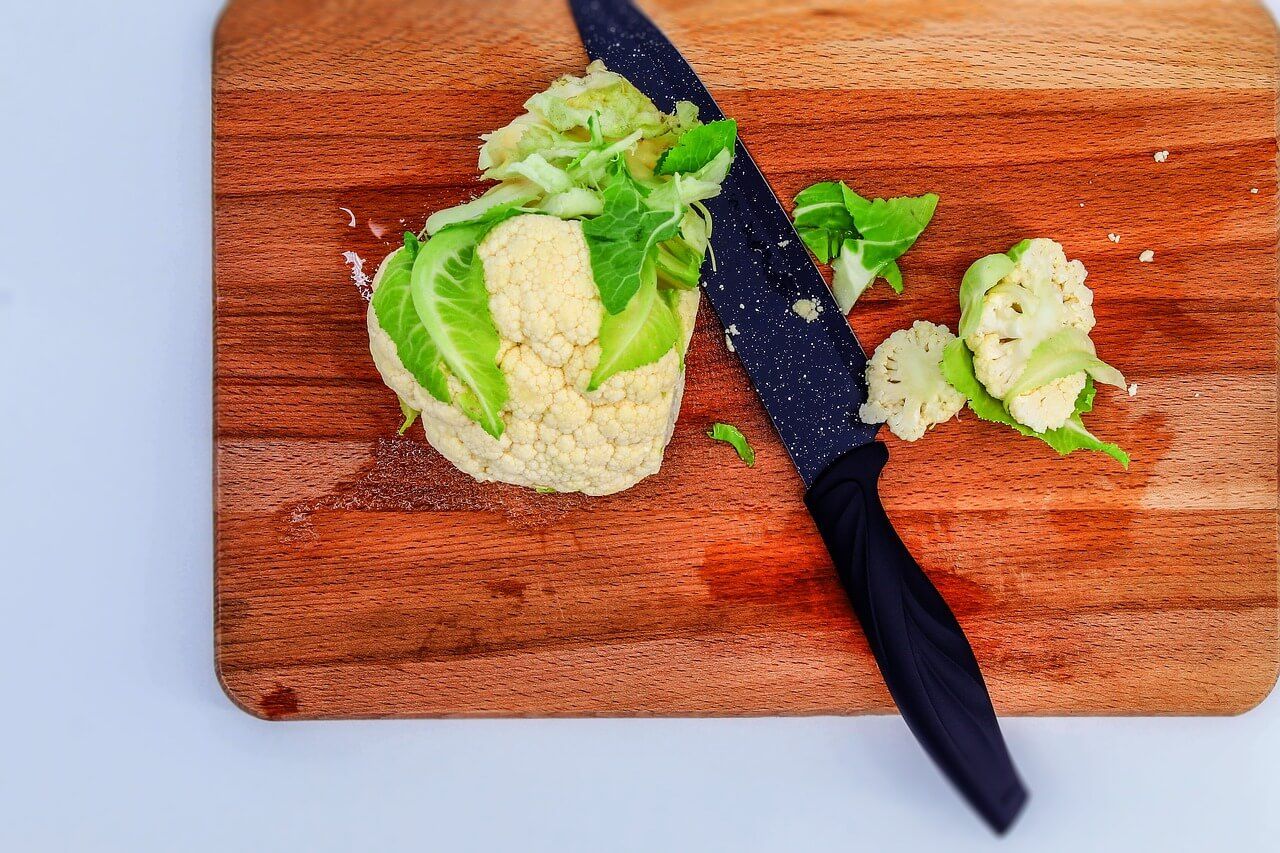Ceramic knives are popular in many kitchens due to their sharpness and longevity. However, these knives require specific care to maintain their edge and prevent damage despite their durability.
This micro-guide will explore the best practices for ceramic knife care, including cleaning methods, proper storage, and handling techniques. We'll also delve into the reasons why ceramic knives can get dull and how to restore their sharpness.
In This Article
- Why Ceramic Knives Get Dull
- Proper Cleaning and Storage of Ceramic Knives
- How to Handle Ceramic Knives
- Sharpening Ceramic Knives: Tools and Techniques
- Frequently Asked Questions
- Further Reading
Why Ceramic Knives Get Dull
Ceramic knives are known for their sharpness, but like any knife, they can become dull over time. This dullness is often due to microscopic chips and nicks on the blade's edge, which occur during regular use.
While ceramic knives are harder than steel, they are also more brittle, making them susceptible to chipping. Therefore, proper care and handling are crucial to maintaining the sharpness of your ceramic knife.
Understanding the unique properties of ceramic material can help you take better care of your knife and prolong its sharpness.
Proper Cleaning and Storage of Ceramic Knives
Cleaning and storing your ceramic knife correctly can significantly extend its lifespan.
Avoid using the dishwasher when cleaning, as the high temperatures and harsh detergents can damage the knife. Instead, wash your ceramic knife with warm water and mild soap, then dry it immediately to prevent water spots.
Avoid tossing your ceramic knife in a drawer with other utensils for storage. The hard contact can cause chips and cracks in the blade. Instead, use a knife block, sheath, or a dedicated drawer slot to protect your knife. Proper storage protects your knife and ensures it's always ready for use.
How to Handle Ceramic Knives
Handling your ceramic knife correctly can prevent damage and extend its lifespan. Always use a soft cutting board, such as wood or plastic, to prevent chipping. Avoid using your ceramic knife for prying, boning, carving, and cutting frozen food or hard materials. These actions can cause the blade to chip or even snap.
Remember, ceramic knives are not designed for heavy-duty tasks. They excel at slicing fruits, vegetables, and boneless meats. Using them for the right tasks can significantly extend their lifespan.
Sharpening Ceramic Knives: Tools and Techniques
While ceramic knives stay sharp longer than steel knives, they will eventually need sharpening. However, due to their hardness, ceramic knives require special tools for sharpening. Diamond dust sharpeners are often recommended for ceramic knives. When sharpening, maintain a consistent angle and use gentle pressure to prevent blade chipping.
Sharpening a ceramic knife is not as straightforward as sharpening a steel knife. It requires patience and precision. But with the right tools and techniques, you can restore your ceramic knife's sharpness and extend its lifespan.
Frequently Asked Questions
Do ceramic knives ever get dull?
Yes, ceramic knives can get dull over time due to microscopic chips and nicks on the blade's edge.
What not to do with a ceramic knife?
Avoid using your ceramic knife for prying, boning, carving, and cutting frozen food or hard materials. These actions can cause the blade to chip or even snap.
How do you keep a ceramic knife sharp?
Proper care and handling can keep your ceramic knife sharp. Use a soft cutting board, clean and store your knife properly, and sharpen it with a diamond dust sharpener when needed.
Why can't ceramic knives go in the dishwasher?
The dishwasher's high temperatures and harsh detergents can damage the ceramic knife. It's best to hand wash your ceramic knife with warm water and mild soap.
Further Reading
- Zirconia Brilliance: Exploring Ceramic Knife Production: Curious about how your ceramic knife was made? Delve into the science and process behind the production of ceramic knives.
- Ceramic Knives: Tips and Techniques for the Modern Chef: Get practical advice on mastering ceramic knives.
- Master the art of sharpening ceramic knives with the guide 'How to Sharpen Ceramic Knives in 3 Ways' presented by MasterClass.
- If you're interested in further exploring the world of ceramic knives, check out our article on the best ones.



